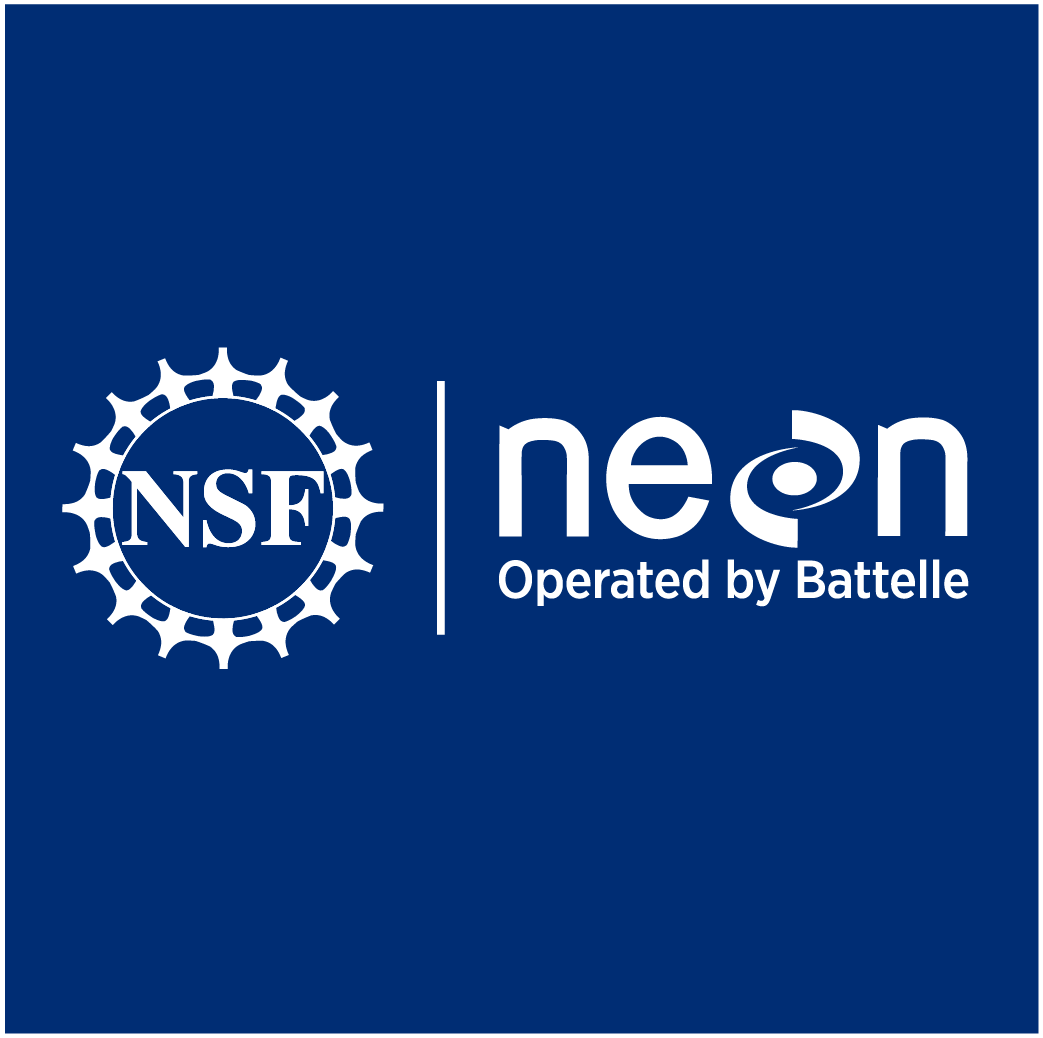NEON data in undergraduate ecology courses: Data skills and learning opportunities
Author(s): Wendy Gram1, Megan A. Jones1
National Ecological Observatory Network
1194 total view(s), 189 download(s)
Gram_2017_ESAOralSession.pdf(PDF | 3 MB)
- License terms
Description
Background/Question/Methods
NEON, the National Ecological Observatory Network, is an NSF-funded large facility designed to collect extensive ecological and environmental data from across the U.S. for the next 30 years. A primary product of NEON is freely available, open access data for use by the scientific research community as well as by students and others who will explore the petabytes of information that will be available during the lifetime of the Observatory. Using NEON data, however, may not be an easy task for students and faculty who are not familiar with “big data” access, management and analytic methods. Many ecologists are transitioning to using data science methods including programming-based data management and analysis, complex data portals and APIs that provide access to lots of different types of data, and diverse analytical methods beyond those classically used in their individual research areas. Furthermore, ecological data is usually messy in the sense that variability and uncertainty are important components of data analysis and interpretation. Given these challenges, how do we accelerate the use of big data in undergraduate ecology and biology courses? We provide examples of data-centric tutorials and lessons that we have developed to teach ecological concepts with NEON data.
Results/Conclusions
Over the past two years, NEON has built a library of science videos, tutorials, and teaching datasets to introduce students and faculty to NEON data as it becomes available to users. For example, the 2013 floods in Colorado serve as context for exploring the drivers and impacts of a natural disturbance using a combination of data types, from NEON and other data sources. In this lesson, students are introduced to the floods using video footage, multiple data sets from before and after the flood, and data visualizations, all linked with pictures of flood impacts. Students work through a series of research questions and guided data analyses to explore the causes and impacts of the flooding event, concluding with a challenge to apply what they’ve learned to local disturbance events. Instructors have the option of using complementary R coding activities to accompany the lesson. Other tutorials enable users to gain general data skills, including data visualization with R and Python, and learn how to work with different types of data, including LiDAR data, HDF5 files, and time series analysis. Early evaluation indicates that teaching datasets, downloadable code and step-by-step directions for completing tasks are critical to the success of these resources.
http://www.neonscience.org/neondataskills
(Please note, at time of presentation the website URL was neondataskill.org. The content are now available on the main NEON website at the above URL).
Notes
This version is the same as the previous version but with the updated URL added to the description.
Cite this work
Researchers should cite this work as follows:
- Wendy Gram, Megan A. Jones (2018). NEON data in undergraduate ecology courses: Data skills and learning opportunities. NEON - National Ecological Observatory Network, (Version 2.0). QUBES Educational Resources. doi:10.25334/Q41T32
